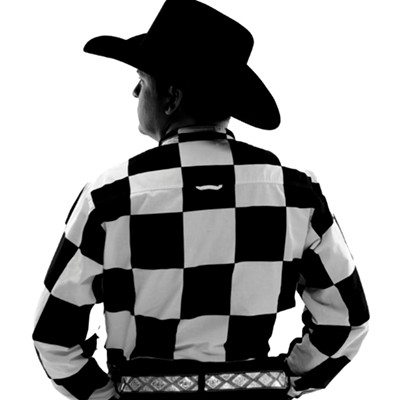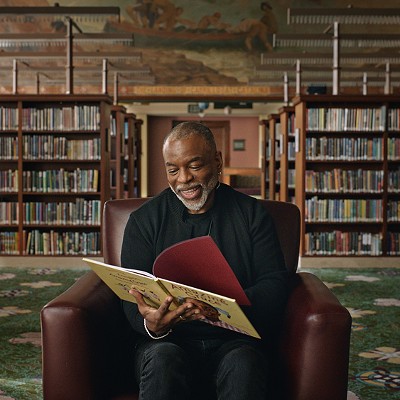2007
In Julian Schnabel's "The Diving Bell and the Butterfly," Jean-Dominique Bauby (Mathieu Amalric, "Munich,") recounts his life following a 1995 stroke that left him with "locked-in syndrome," a polite medical euphemism meaning "entirely paralyzed except for your left eye."
Bauby, only 43 at the time, was editor-in-chief of Elle France. It's impossible to truly know how he felt when he woke up paralyzed, unable to speak or move, in the hospital after a weeks-long coma.
However, Schnabel utilizes the visual equivalent of first-person narration throughout, lending us a more personal perception of Bauby' s experience than we would have had with a more conventional cinematic style. Blurry faces, distorted voices and intermittent, jumping scenes put us in Bauby's head, giving us a taste of his claustrophobia, fear and frustration.
Bauby's escape from his bodily prison and the medical gaze comes when his therapists create for him a new mode of communication. This ingenious system allows Bauby to converse using only his left eyelid, allowing him to express the things he wants to say to his children and their mother, his father (an excellent Max von Sydow), his girlfriend and others.
It's not a very cheerful message, but the truth almost never is. The result is a movie about hope and the durability of the human drive to live and the individual's drive to express and communicate tempered with a slightly cynical, humorous fatalism, creating a layered depth of feeling that will stay with you long after you watch.
"?Mike Robertson









